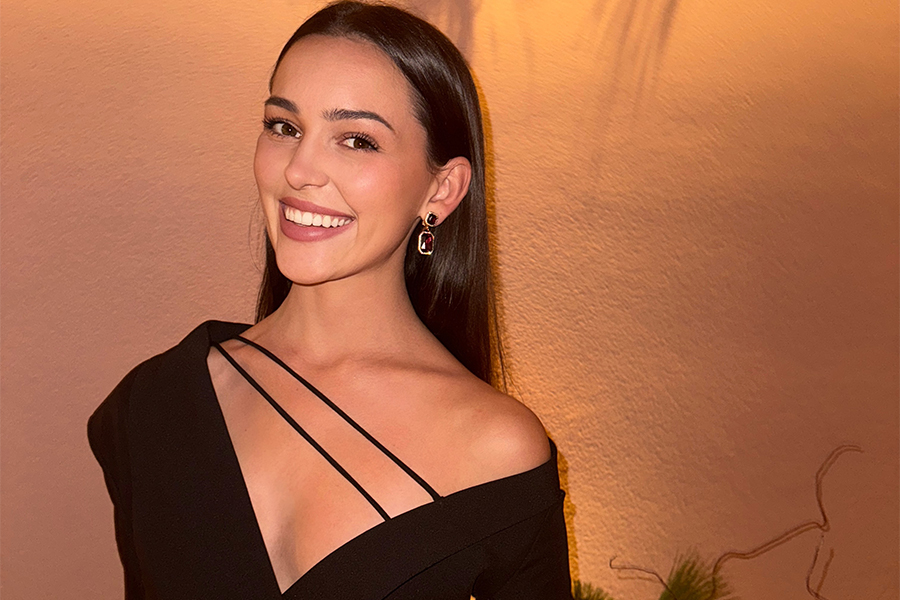Decades into his career as a well-known and in-demand lighting designer, David Weeks is still able to push boundaries. He credits his first job with jeweler Ted Muehling for showing him “how you can connect design, art, and craft and have it not be typical craft, typical art.” Since then, he has been working within the “untrodden ground right in the middle,” he says.
The Brooklyn-based designer opened his eponymous studio in 1996 after a successful showcase of his desk lamps at ICFF, which led to an opportunity to create a custom light fixture for one of architect Robyn Owen’s projects in Tribeca. Lighting was the “perfect companion” to jewelry, he says, allowing for “the sort of elegance and detailing you can get away with in jewelry. It exists on its own, floating above your head with very little physical demands on it.”
The Georgia-bred, Rhode Island School of Design grad didn’t want to limit himself to only lighting, however, and spent his time reading books about furniture design. “I [felt] like I initially confined myself, which in the end wasn’t good for me,” Weeks explains. He started exploring other types of products, including a range of wooden animal pieces, abstract sofas and ottomans, and in 2012, his larger-than-life Cubebot, which he showcased at Salone in Milan.
Thanks to an invite from Senegalese designer Abdul Salam Gaye to work in his studio, Weeks is continuing to expand his design lens. “I got off the plane at noon and by 6 p.m. we had built a chair,” he says. Despite being from different countries, “there’s that great language that exists between makers, whether you can speak [the same language] or not, you can sketch [a design] or move your hands from one corner to the next and they understand what you want to change about it.”

The Kopra Standing lamp features a cluster of variously sized black shades resting on three steel legs.
From that trip, Waaw was born. The collection of woven furniture and pendant lighting is made with locally sourced nylon cord with subtle African influences; more colorful, fun, and upbeat iterations of the collection are in the works as well. Waaw, it turns out, brought Weeks back to what drew him to design in the first place: freedom of creativity. “Modern design is almost always planned out to the end, and there’s very little room for improvisation,” he says, but for this “we did it on our own. We didn’t have some money man who was waiting to see what we’d do. It was really incredibly exciting.”




